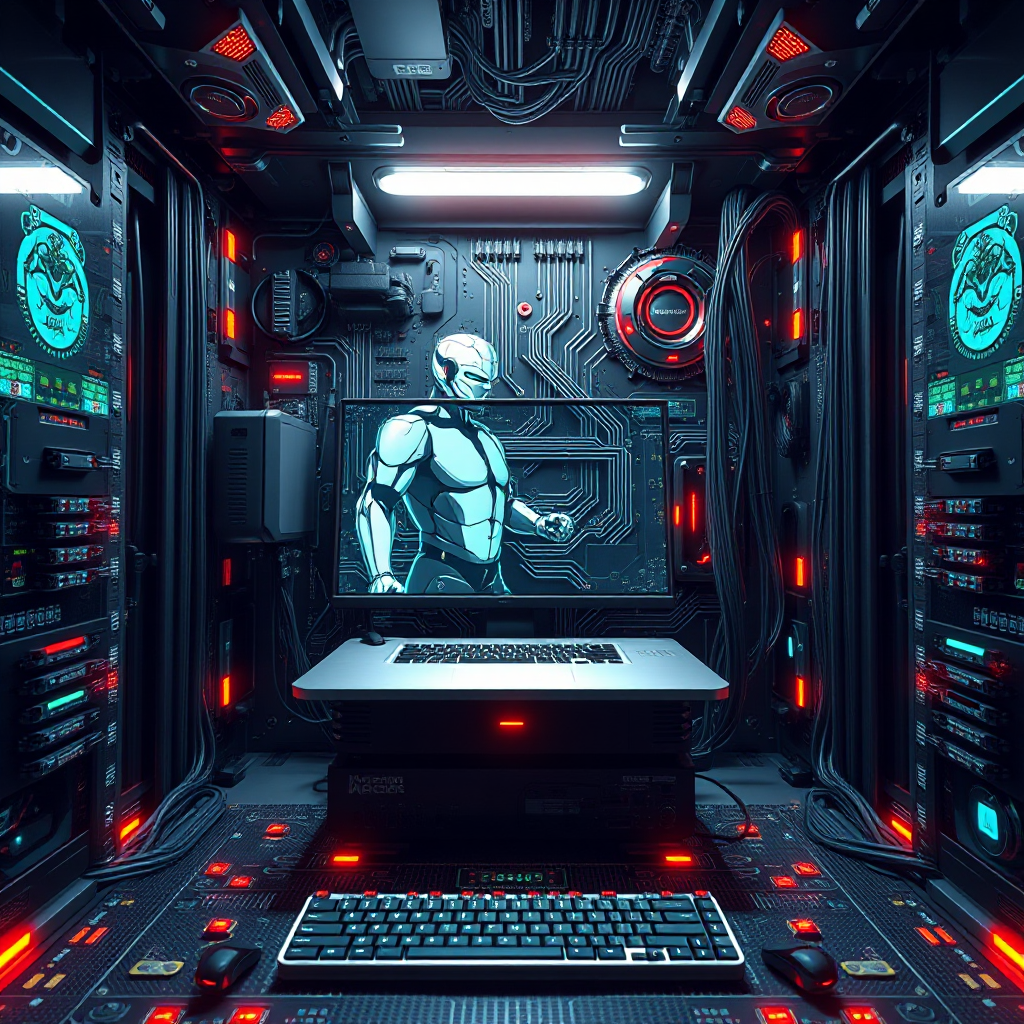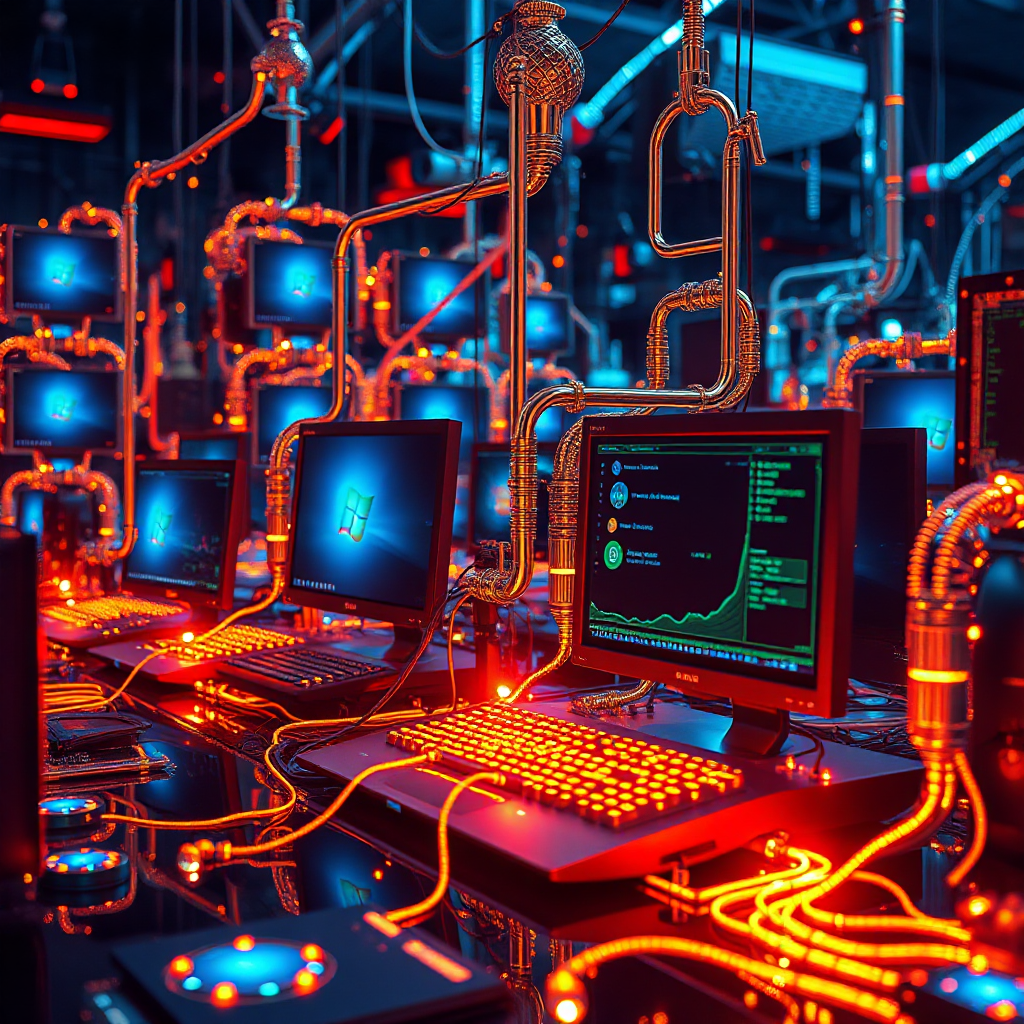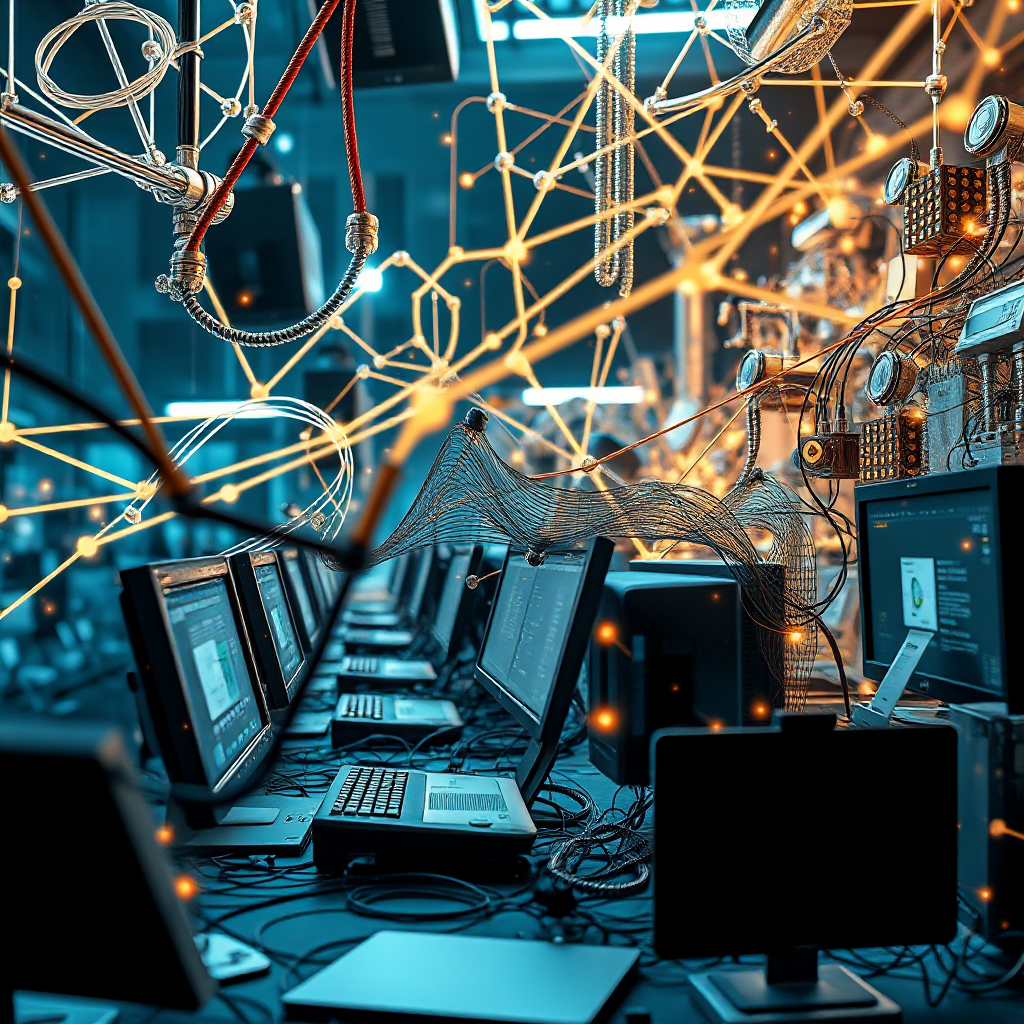
In today’s fast-moving world of artificial intelligence (AI), you’ve probably heard terms like machine learning and deep learning tossed around a lot. They might sound similar, but they actually mean different things-and understanding the difference can help you make sense of how AI is shaping our future. Let’s break it down in a simple, easy-to-grasp way.
What is Machine Learning?
Think of machine learning (ML) as a way to teach computers to learn from data without giving them step-by-step instructions. Imagine showing a child lots of pictures of dogs and cats. After seeing enough examples, the child learns to tell them apart on their own. Machine learning works the same way: it trains on large sets of data, finds patterns, and makes predictions or decisions without needing a human to program every detail. You see machine learning in action every day-in spam filters that keep junk out of your inbox, fraud detection systems in banks, or product recommendations on sites like Amazon. Typically, machine learning works best with structured data and often requires humans to help pick out the important features that guide the learning process.
What is Deep Learning?
Deep learning is a special kind of machine learning inspired by how the human brain works. It uses something called artificial neural networks-think of them as layers of “neurons” that process information. That’s why it’s called “deep” learning, because these networks have many layers working together. Deep learning shines when handling complex data like images, videos, or spoken language. Unlike traditional machine learning, deep learning models can figure out which features matter all on their own, without human help. This technology powers some of the coolest AI applications today-self-driving cars, voice assistants like Siri and Alexa, facial recognition, and even advanced medical diagnosis. But it’s important to know that deep learning needs huge amounts of data and serious computing power to work well.
Key Differences in a Nutshell
Complexity: Machine learning is great for simpler tasks, while deep learning handles complex problems involving unstructured data like images and audio.
Data Needs: Machine learning can work with smaller, structured datasets; deep learning needs big, diverse datasets to perform at its best.
Human Involvement: Machine learning often requires humans to select important features; deep learning figures this out automatically.
Resources: Deep learning demands more computing power and time compared to traditional machine learning.
Why Does This Matter?
Understanding the difference isn’t just tech jargon-it can make a real difference in how you use AI. If you’re building a tool to predict customer behavior based on sales data, traditional machine learning might be your best bet. But if you want to create an app that recognizes objects in photos or translates spoken language, deep learning is the way to go. Knowing the strengths and limits of each helps you choose the right tool for the job and get the most out of AI.
In short, machine learning and deep learning are both powerful parts of the AI story. By understanding how they work and when to use them, you’ll be better equipped to navigate the exciting world of artificial intelligence.






